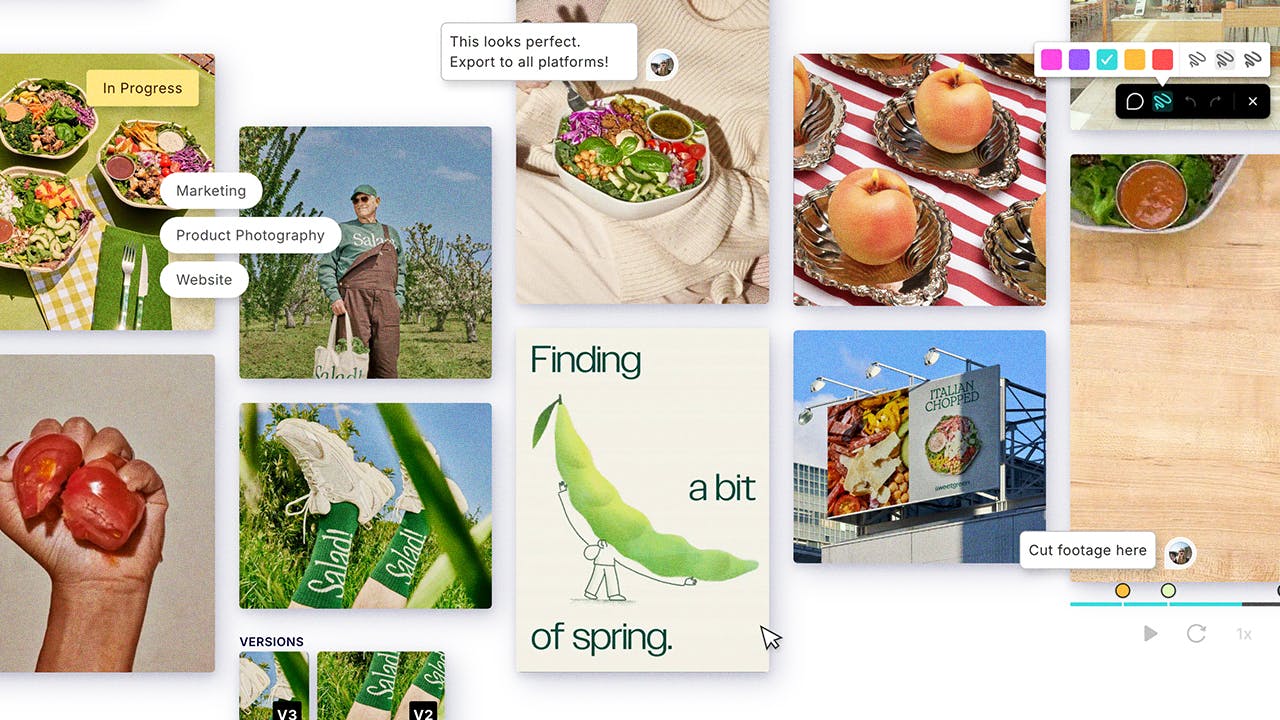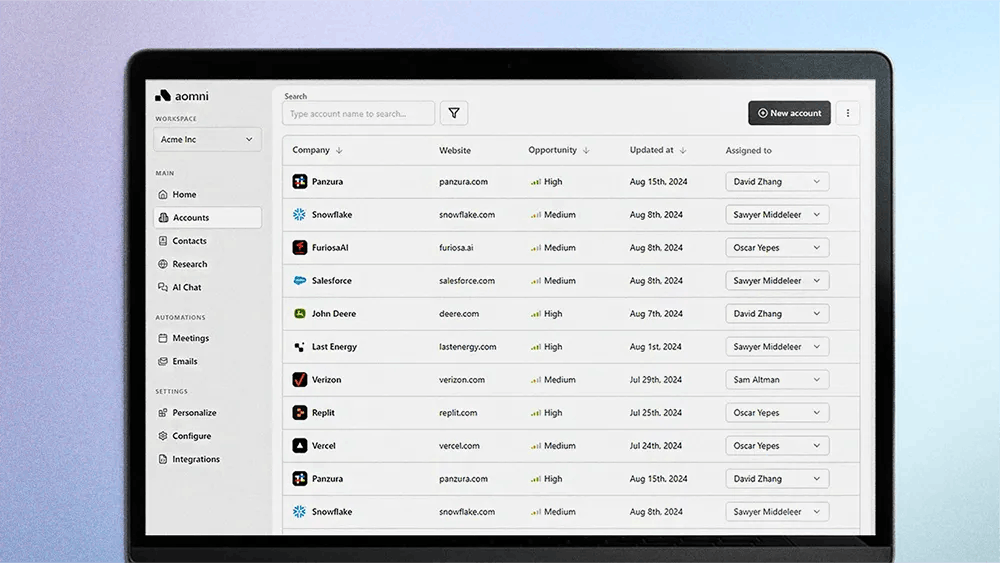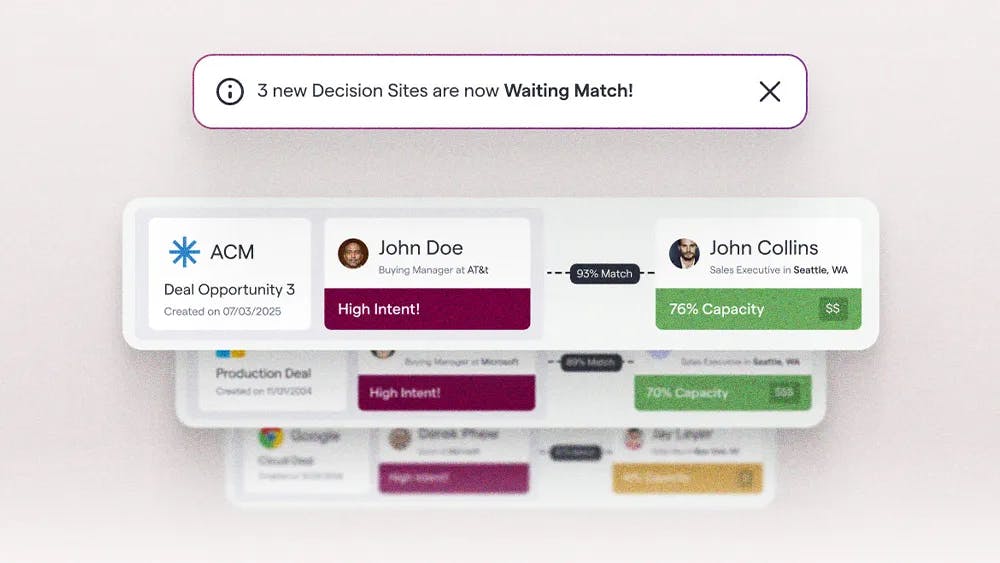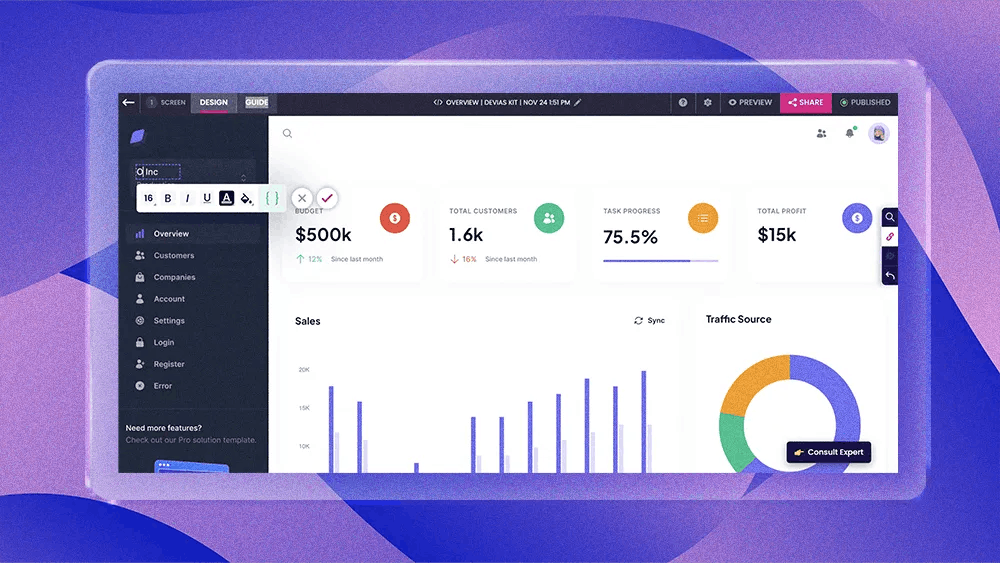The reality is stark. There are a handful of companies that are going to win and a ton of companies that are going to lose. And if you want to be one of the ones that win, you have to take risks.
AI is often seen as a tidal wave of progress, transforming industries at breakneck speed.
But behind the hype, many unicorn startups are quietly stagnating, strapped for cash and struggling to keep pace. As new players redefine industries and competition for investment grows fiercer, companies have to get out of their comfort zones to survive.
Stark reality: Ariel Rubin, Head of Content at Air, doesn't mince words when setting the stage for companies' and marketers' efforts to keep afloat in the face of AI:
"The reality is stark," he says. "There are a handful of companies that are going to win and a ton of companies that are going to lose. And if you want to be one of the ones that win, you have to take risks."
Air is a collaborative digital asset management and collaboration platform that provides a Dropbox and Google Drive alternative for brands of all sizes. Rubin is perhaps best known as the creator of Air's recent viral ad featuring Bonnie Blue.
Attention deficit: But Rubin isn’t advocating for clickbait or controversy. For him, risk lies in understanding how to stand out and stay relevant in a world where attention is a finite currency.
"You've got to understand how the media landscape works," he explains. "You've got to understand how the battle for eyeballs works."
Paradigm shift: That battle has only intensified with the rise of AI-generated content, where the line between what's human and what's artificial grows blurrier by the day. Rubin admits he was once an AI skeptic. Today, he sees it as both a massive opportunity and a source of genuine concern.
"I'm not necessarily worried AI is going to take every human's job," he says, "but it is transforming the way we communicate and understand things."
Are you really trying to build something that one day everyone will use, or are you just trying to build something for right now? At Air, we believe that one day every creative team will be on Air. So we approach the problem accordingly. We take major risks.
Challenging questions: He digs deeper to explain how AI is shaking the foundations of communication: "I think there's still a real tension around questions like: How can we use AI and generative AI in a way that doesn't feel gross? How do we actually reach an audience, rather than just interacting with AI-generated versions of an audience? And how do we show up authentically in spaces that are increasingly filled with AI-generated content?" he says. "If that's the new space, then it's both a fascinating opportunity and a serious challenge."
Taking on Big Tech: These questions are front and center for Air as it looks to compete in a category dominated by giants. Rubin points to legacy brands like Google Drive and Dropbox—tools so ubiquitous they're basic utilities for most users. "Beating them is not going to involve one great campaign," he says. "We have to continue to hit and hit the more institutional players—digital asset management systems like Bynder, Brandfolder, and Box. This is a huge category."
Risk and reward: At the heart of Air's strategy is a conviction that their product isn’t just a short-term play—it's foundational to the future of creative work. "Are you really trying to build something that one day everyone will use, or are you just trying to build something for right now?" Rubin asks. "At Air, we believe that one day every creative team will be on Air. So we approach the problem accordingly. We take major risks."
Looking ahead, Rubin is more energized than ever. "Honestly, I don't see it either way," he says of the risks and rewards. "I feel really excited. We raised this extraordinary money, we have some incredible logos on Air, and we're building a really strong product. I think we have a real chance to win."





